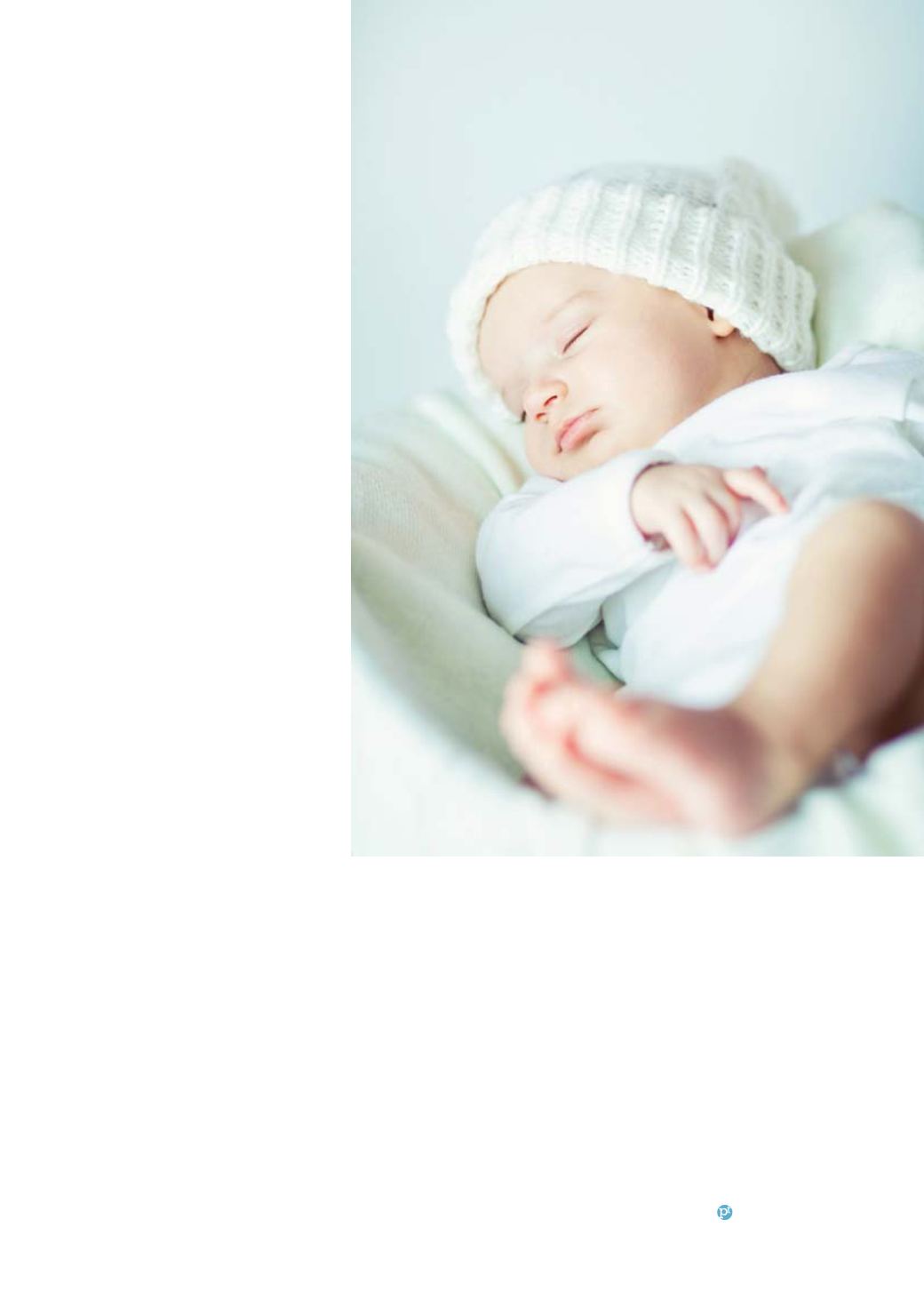
While size is often suggested as
an indication, the medical diagnosis
for a pelvis that is too small for the
baby’s head – known as cephalopelvic
disproportion (CPD) – affects only
approximately three to four per cent
of women and is caused by either a
pelvic fracture or a severe vitamin
D deficiency (rickets), which is very
rare in the developed world. Neonatal
scans have a wide margin of error,
so a foetus that registers as 4kg on a
scan might actually be 3.6kg upon
delivery. The Australasian Society for
Ultrasound in Medicine states that “no
formula for estimating foetal weight
has achieved an accuracy which
enables us to recommend its use.”
Public hospitals in Hong Kong do not
use neonatal scans to measure foetal
weight during pregnancy but instead
focus on foetal position, which is the
internationally accepted predictor for
determining birth strategy.
Failure to progress in labour,
which pro-natural childbirth
advocates translate into a “failure
to wait” in labour, is a subjective
indication that often leads to an
emergency Caesarean because women
do not receive adequate support in
hospital with patience, positioning
and movement, comfort measures,
nourishment or rest.
Foetal distress, otherwise known
as “the baby’s in danger,” is the
precursor to a battle cry by panicked
hospital staff who storm the operating
theatre with an exhausted, disoriented
patient. However, continuous foetal
monitoring during labour has been
associated with greater likelihood of
Caesareans because hospital staff –
even obstetricians – often misinterpret
or overestimate the data. And
medical research has concluded that
foetal monitoring does not improve
morbidity or mortality outcomes for
either the baby or the mother.
Take charge of your delivery
So how can women maximise
their chances for a vaginal birth
in an obstetrician-led maternity
environment such as Hong Kong?
The best way to minimise the
chance of an unnecessary Caesarean
section is to research choices for a
doctor and consider hiring a midwife
at the beginning of any pregnancy.
Midwives are trained to support
vaginal births, but obstetricians
are trained surgeons with different
practice styles, perceptions of risk
and tolerance levels of labour. Ask for
their C-section rates and crosscheck
their reputation with as many friends,
networks and online sources as
possible to determine where they fall
between their vigilance towards a
disaster waiting to happen and their
support for the physiological birth
process.
“No obstetrician should tell you
that you have no chance of a vaginal
delivery if you don’t have any risk
factors,” says Dr Lucy Lord, an
obstetrician and partner at Central
Health Medical Practice. “If you
are not sure why your obstetrician
is advising you to have an elective
Caesarean, ask for the reasons to
be put in writing. It should then
be much easier to clarify any
misunderstandings and, if necessary,
to obtain a second opinion.”
“Find the best team that will
support you early in your pregnancy
and make changes if you detect any
early warning signs,” Hulda says.
“Doing what is best for you should
not be a battle. It’s important to feel
in control of your birth for your own
peace of mind.”
November 2013
65


